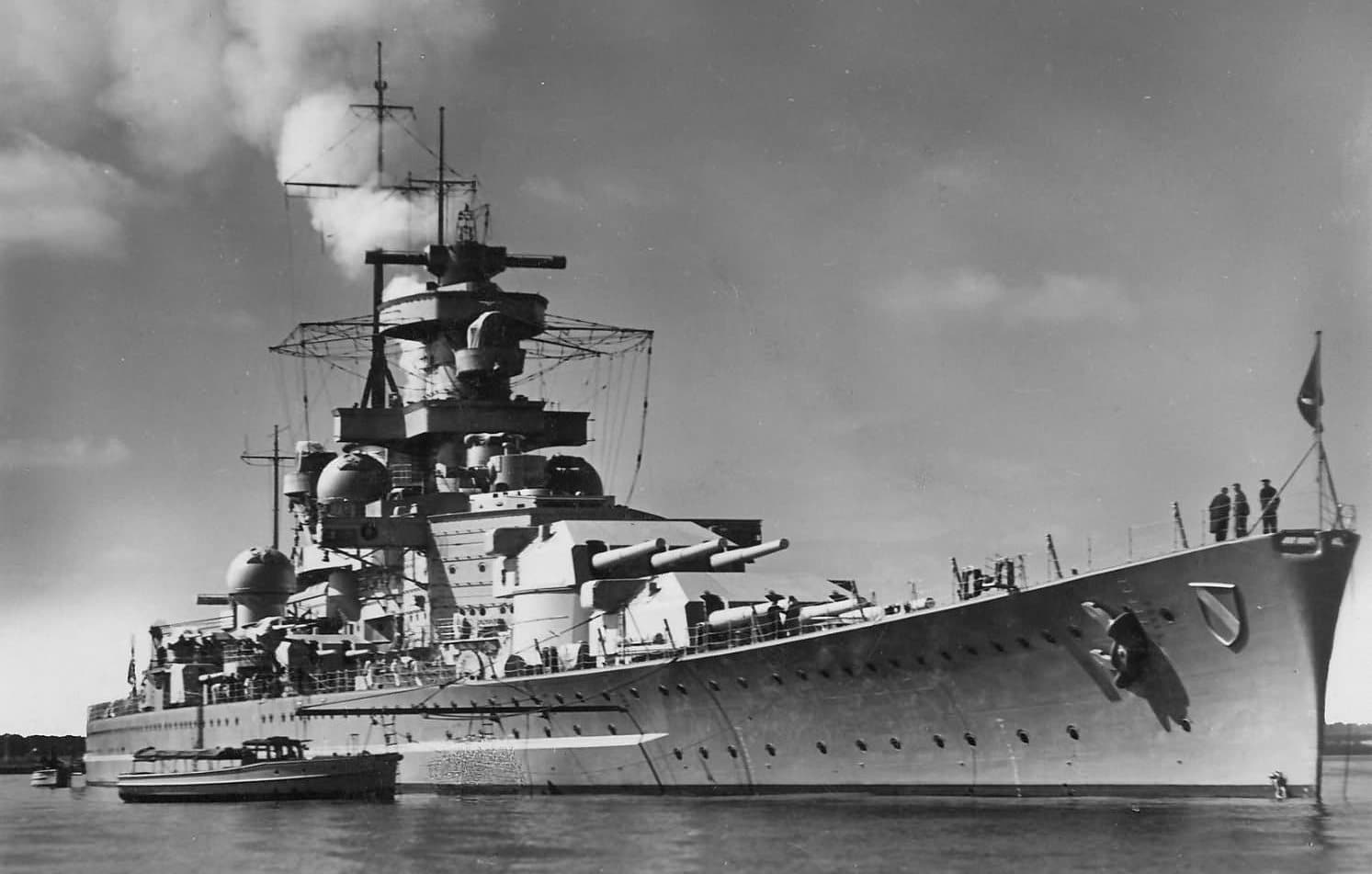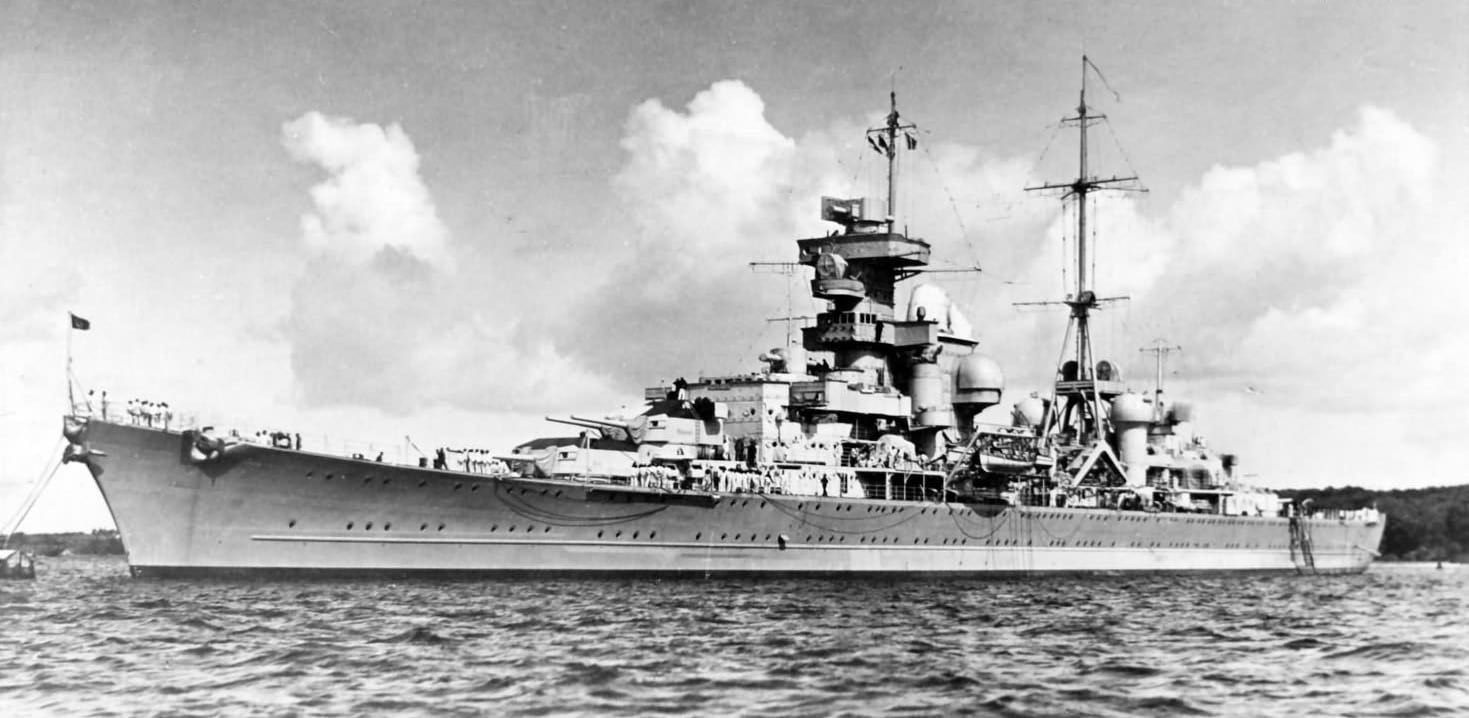The Channel Dash Was a Big Boost to Nazi Morale and a Scandal for Churchill.
Between 11 and 13 February 1942, 250 Messerschmitt Bf 109 and Focke Wulf Fw 190 fighters, 30 Messerschmitt Bf 110 night fighters, and assorted support aircraft participated in Operation Thunderbolt, the German Luftwaffe’s aerial coverage of the battlecruisers Scharnhorst and Gneisenau and heavy cruiser Prinz Eugen as they made the Channel Dash (Operation Cerberus) from Brest, France, to Wilhelmshaven, Germany via the Bay of Biscay, the English Channel and the Straits of Dover. Although the British attacked the German ships multiple times during the operation, they failed to stop the Germans from transiting the English Channel in large part due to the experienced and aggressive German pilots defending the ships.

Keeping The Kriegsmarine at the Dock
The Channel Dash or Operation Cerberus was a German naval operation designed to move German capital ships from Brest in Brittany, France back to German ports. The ships had been under consistent attack by Royal Air Force Bomber Command and Coastal Command during their time in the French port which inflicted periodic damage to the ships, reducing their seaworthiness. Gneisenau was damaged on the evening of 6 January 1943. Between 10 December 1941 and 20 January 1942, 37 percent of all Royal Air Force Bomber Command sorties were flown against the German ships at Brest. Although they were a tacit threat to Atlantic convoys, the German ships were essentially bottled up in port. The ships were not available for Operation Rhine Exercise, during which the German battleship Bismarck was sunk in the North Atlantic. The presence of the Scharnhorst and Gneisenau might have meant an entirely different outcome for the Bismarck in that historic engagement. The Hipper-class cruiser Prinz Eugen survived the battle and arrived at Brest on 1 June 1941.

Hitler Hatches a Plan to Counter Nonexistent Threat
In late 1941, Adolf Hitler ordered German Navy High Command to plan an operation to return the ships to German bases in order to counter what was perceived as a possible British invasion of Norway. The short route up the English Channel was preferred to a detour around the British Isles. The Germans were counting on surprise, favorable (which is to say overcast and stormy) weather, a high tide that was running in the same direction as their planned movement which would increase their speed and help float their ships over known mines in the Channel, and their ability to cover the ships using the Luftwaffe.

Germans Planned to Jam Radio and Radar
Luftwaffe General Adolf Galland was given command of Operation Thunderbolt. The Germans actually mobilized some training units to make up for many of their fighters being diverted from the Soviet Union for the operation. The Germans planned to jam British radio-telephone frequencies and coastal radar. Dornier Do 217s were to be used to fly electronic deception missions to divert British aircraft. This is one of the earliest examples of aerial electronic deception operations. The Germans were also prepared to use Ju 88 and He 111 bombers against RAF bases in southwestern England, to drop radar-confusing chaff, and to attack any British naval forces attempting to intercept the Brest Group.

